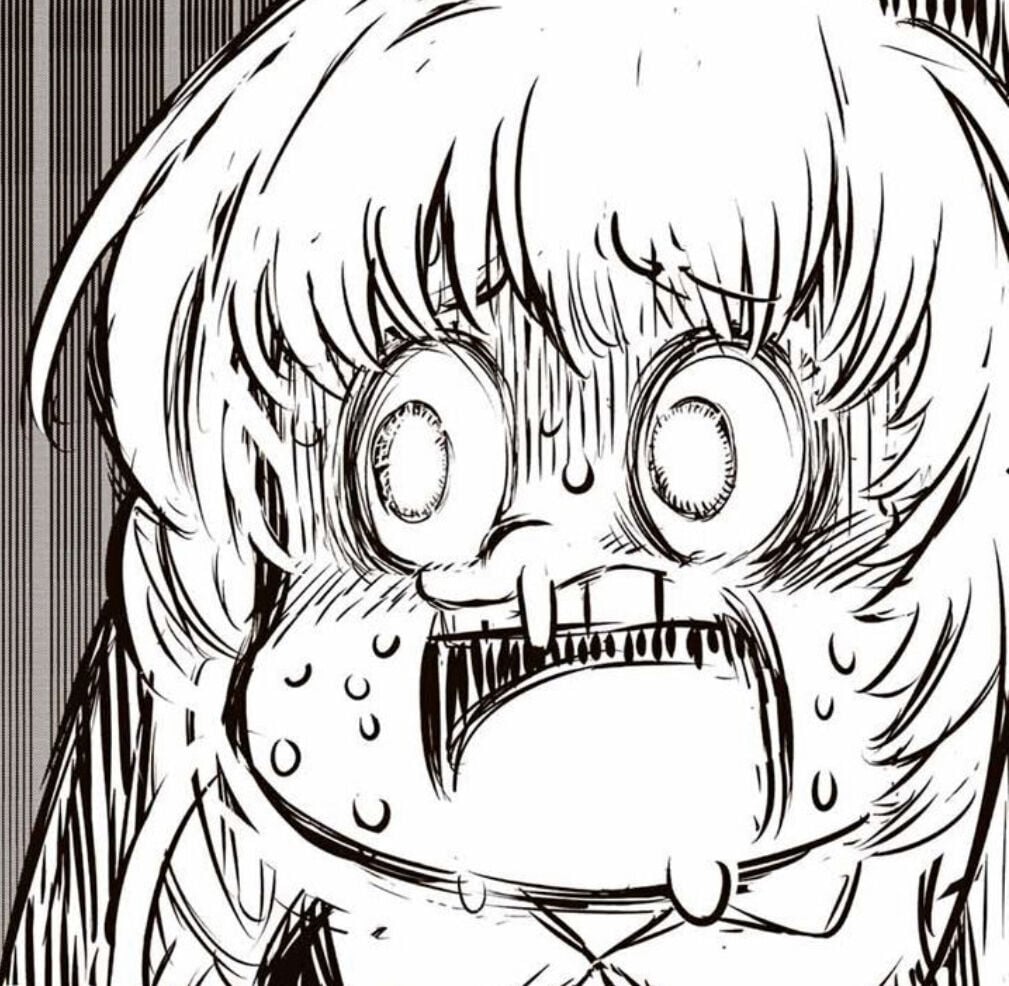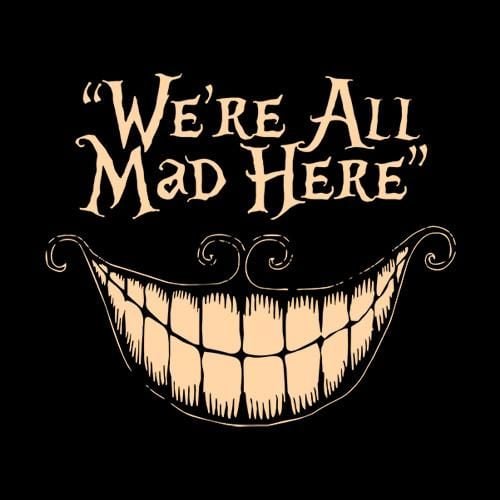I have a 250GB SSD boot drive and a 1TB SSD, both of which are NVME. I’m buying another 2TB NVME and I don’t know how clone drives so I’m planning to ask the store to clone the contents of the 1TB drive to the 2TB drive, then the 250GB drive to the 1TB SSD and use it as the new boot drive. I’ll use the 250GB SSD as an external drive. Since I’m replacing the drives, I’m not sure if cloning the drives will also clone the drive letters. If it doesn’t, do I need to bring my PC to the store to change them, or can I just remove the drives and bring them to the store? Once the cloning process is done, can I take them home and expect them to work without further configuration?"
No, it shouldn’t have the same the drive letter. It’s sort of similar to how your computer assigns a new drive letter to each USB drive you plug in. Drive letters aren’t permanent and are based on the order they’re plugged in (except C, which is usually your operating system).
Cloning is extremely easy to do on your own by the way. You can use something like Macrium Reflect Free Edition. Then you just open the program, click on the drive you want to copy, then click on the drive where you want the data to go. Just like if you were uploading files to google drive or something. Cloning just copies all of the files, drivers, operating system, other data, etc. It doesn’t literally “clone” the drive (like the drive letter). Let me know if you have any questions, I’d be happy to help :)
the 250GB is currently my C drive and the 1TB is the D drive. I want to clone the 250GB to the 1TB and make it the C drive and the 2TB is the new D drive
it’s basically like this:
-
clone 1TB (old D drive) to 2TB (new D drive)
-
clone 250GB (old C drive) to 1TB (new C drive)
If I boot up the pc with the cloned 1TB drive installed, will it be automatically recognized as the C drive?
Why not just make the new 2tb the new c drive? It would save you from a headache.
Yes, the PC automatically assigns drive letters. The windows drive will get a C (but you don’t need to do anything). I’ll just add that after cloning, you might need to temporarily disconnect the 250gb. Sometimes your PC might get confused if you have two copies of windows attached (the 250gb and the 1tb). You can fix this later on by plugging in the 250gb externally and wiping it.
But yeah, you don’t need to get hung up on drive letters, all that matters is that you have a hard drive with an OS like Windows for your computer to boot from. If you copy it over, and then start up your PC with the new copied drive attached, it should boot from it and that’ll become the new C drive.
so correct me if I’m wrong: After I’ve finished cloning the drives, I can just install the 1TB in the CPU slot and 2TB in the chipset slot and everything will just works without me doing anything else? My program paths won’t be affected in anyway?
I’m wiping the 250GB to use it as an external drive anyway so it won’t be installed on the motherboard
-
Drive letters are controlled by Windows. They are based on the guid of the partition. If cloned right, you simply have to disconnect the original drive and only have the clone connected on the first boot. There used to be a problem back in the day where Windows would have the same drive letter for both drives and get “confused” on boot, but in this modern age, you can fix it by removing the “hidden” (that is, disconnected) original drive from the device manager before you put it back in and get it a new drive letter.
No, the drive letter is not static. If a drive was a train, the drive letter would be the platform number where the train arrives. Or if a drive was a plane, the drive letter would be the gate number.
Windows generally assigns the same drive letter to the same device, but if you want to, you could change drive letters randomly whenever you feel like it. The only thing windows needs is that every device has a different letter so that it can differentiate between them, but it doesn’t necessarily matter which has which letter.
If you clone a drive, remove the old one and attach the new one, yes it will have the same drive letter and Windows shouldn’t notice the difference.
Really best do it yourself. In fact, most drive manufacturers have tools just for that, if you don’t feel like searching for 3rd party tools.
I wouldn’t trust a random store with any irreplaceable data - and there’s likely no recourse for you when they fuck it up. Make sure everything important is backed up.
These days, Windows assigns drive letters almost randomly. Typically after a drive reconfiguration, it’ll just label the boot drive as C: and the next one as D:.
If you’re wondering where A: and B: went, those are for the floppy drives nobody has any more because drive letters are an ancient relic and need to die.
Unfortunatelly, drive letters are reminants from the DOS and early Windows days (anything that isn’t NT 6.2 kernel based or above, has to have drive letters), so they have to stay for backwards compatibility.
Actually, up until Windows 8, drive letters were required for booting as well (which can be seen in the safe mode boot screen). Windows 8 and above doesn’t require them though (can be seen in safe mode with debugging enabled), but they are there and will stay there for a very, very long time. Windows can’t just part ways with them, there are just way too many things tied to them… legacy stuff, but legacy stuff that everyone still uses. Like try mounting a network drive without a drive letter, lol 😂… or anything for that matter without a letter, you can’t. It’s how Windows works. It’s so deep into the kernel, that there is no way to remove it without breaking stuff left and right.
Drive letters are remnants from precursors to DOS.
Also, letters are not inherent to hard drives, so they’re not “required” for booting. That’s a job for BIOS/UEFI.
Really? Try booting Windows XP from a drive that is not marked as C: somewhere in registry and in config files. Even if you do manage to change the root from C to something else, it simply refuses to boot, end of story. People have tried it, it just doesn’t work. With Win8 and above, yes, it does work, but some programs will out right refuse to work (cuz they’re gonna look for C:\%WINDIR%\system32 for the libs it needs to run, and they won’t be able to find them).
The only exception to this rule is WinPE (for WinXP), and that is a hacky setup, not officially supported by MS. It can be done, but it takes a looong time to actually make it bootable under any drive letter (anything that’s not C).
But yes, you are correct, drive letters were in use before DOS.
It’ll boot, Windows will just have its own problems afterwards.
Ummm… as I said, everything up until Windows 7 won’t boot, not unless is WinPE based. If it’s a regular install, no, it won’t. Windows 8 and above, yes, it will boot… and it won’t throw errors. Will everything regarding 3rd party software work? No. Can it be fixed? No, no source available. Then what’s the point of booting from anything other than C? IDK, you tell me 😂.
It depends how they clone it. I’m assuming now your 250gb drive is c, 1tb drive is d. After the cloning if you want the 1tb to be c and 2TB to be d, just tell them what you want and they should be able to make that happen.
For a bit more technical info, you also have a small EFI partition (unless this pc is very old), probably on your 250gb drive. This partition is what your computer boots from initially. When windows is installed it writes information to that partition, both initial boot binaries but also information about where your windows partition is. When they clone the 250gb drive they’ll also clone that partition, and depending on the method they use to clone, that pointer from efi will either not need to be modified, or they’ll fix it with tools called bcdboot and bcdedit. Bcedit has some read-only commands but I wouldn’t suggest messing with either, just mentioning them if you’re curious to read about them and understand the process a bit more






